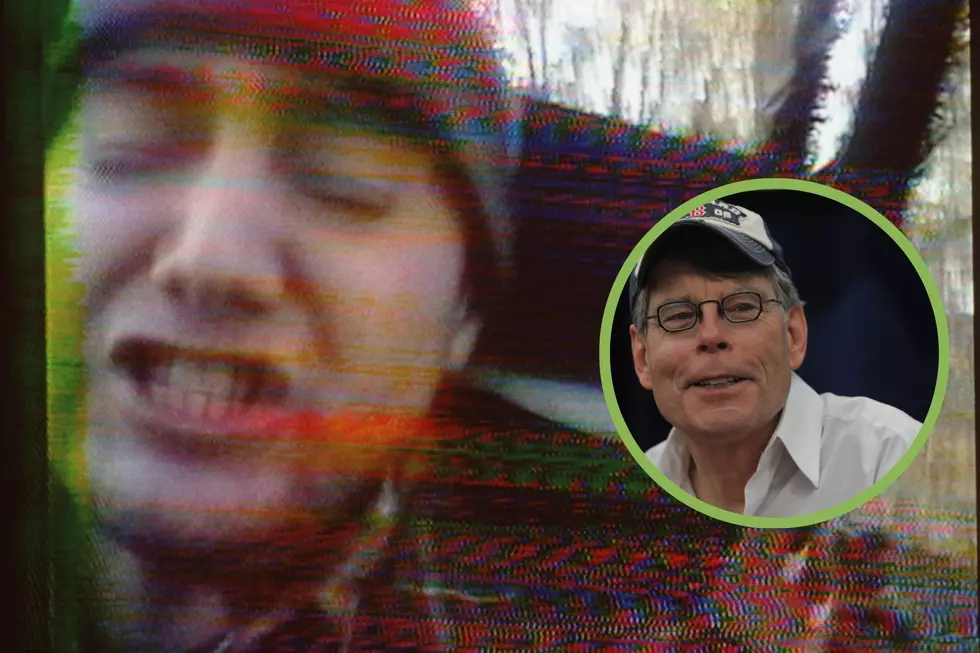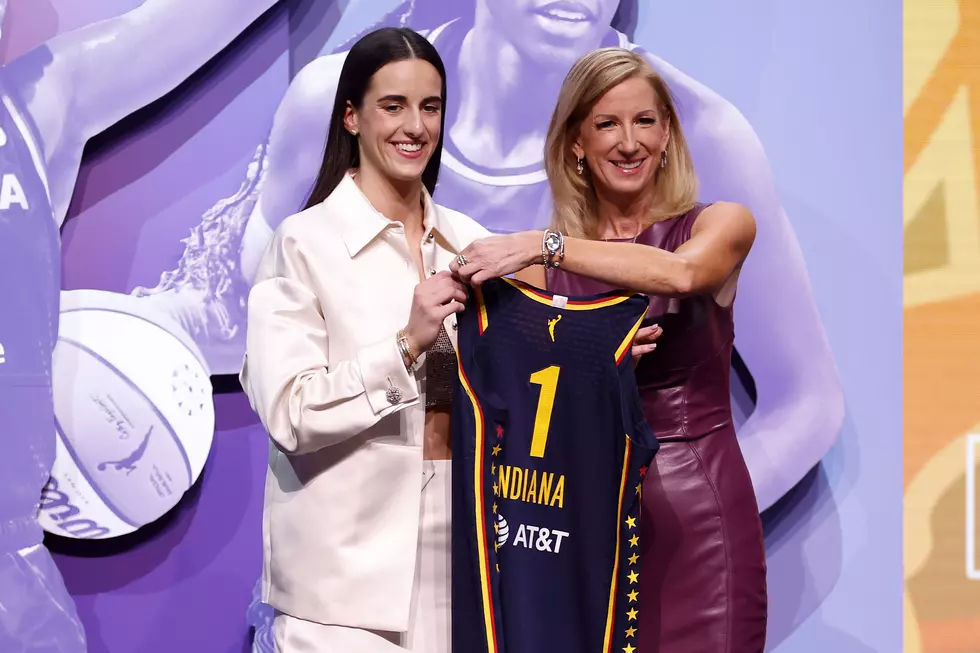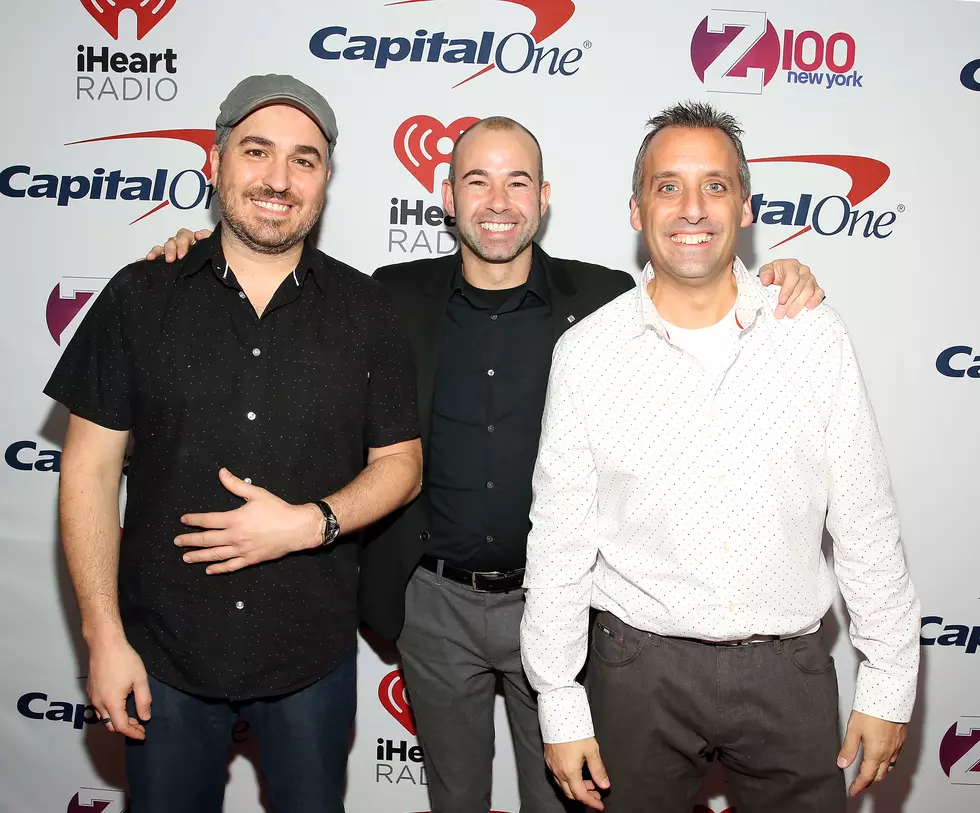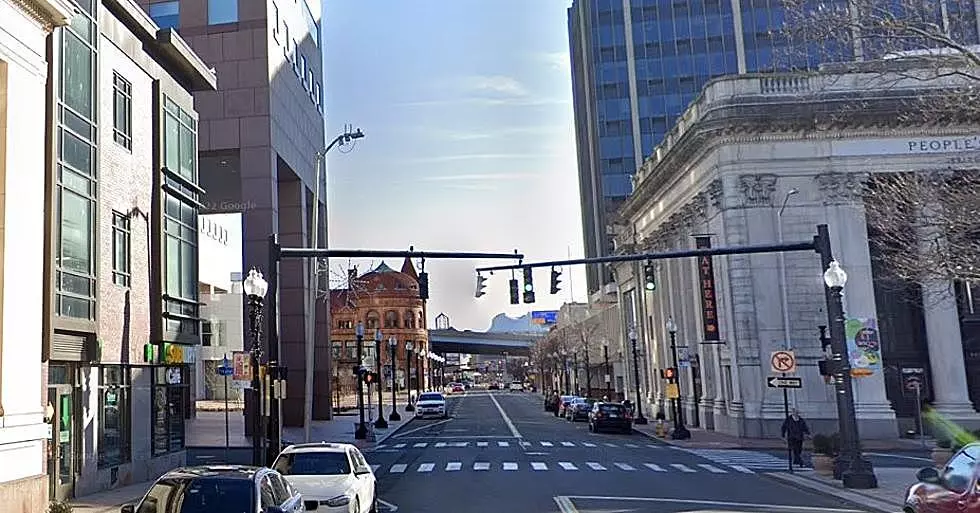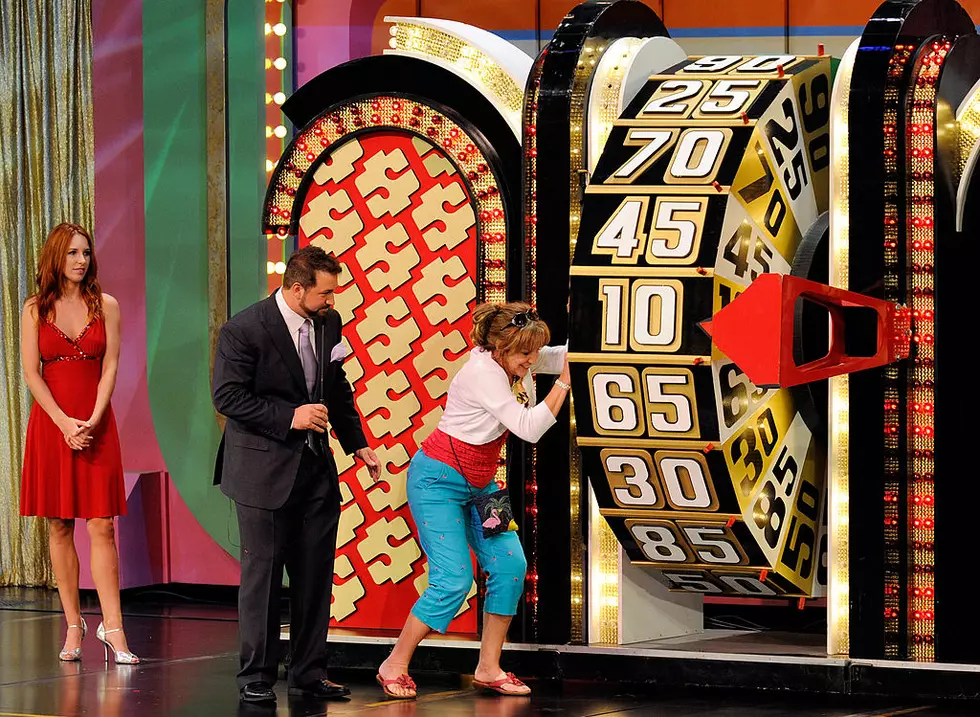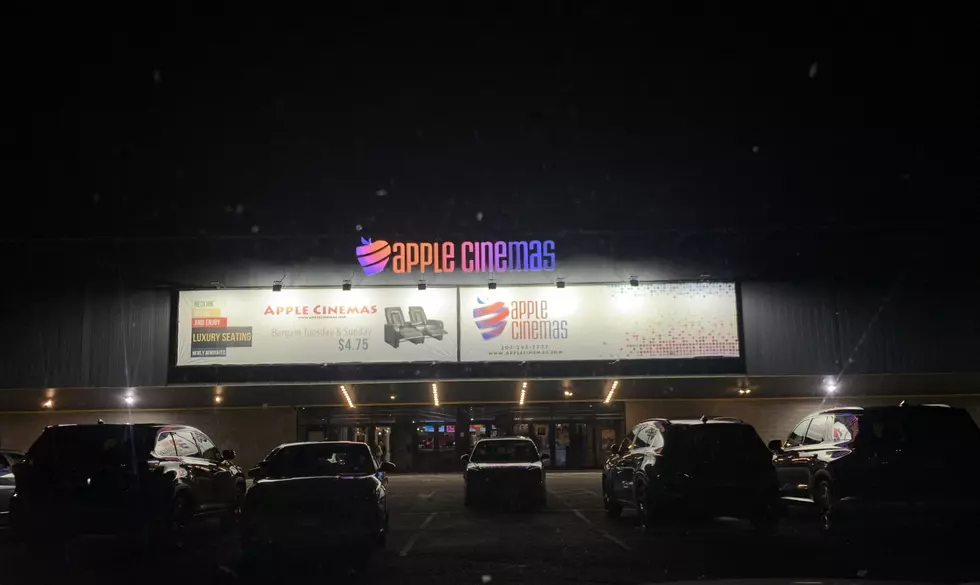
10 Tips to Avoid Hitting a Deer While Driving
I know first-hoof what the term "deer in the headlights" means. A few year ago, I was traveling on Route 17 in upstate New York late one night when suddenly two deer decided to cross the road. One got to the other side, the other one went to the great beyond. All I remember is the look in his eyes as he froze and I audibly uttered, "Dude! Please don't stop there!"
What happened next is something I will never forget but will spare you the gruesome details. Suffice to say that my poor car did not escape unscathed either.
So what do you do to avoid such a collision with Bambi's relatives? The New York State Department of Transportation offers the following tips from their website:
- Use caution when driving at dawn or dusk and scan roads and roadsides ahead
- Reduce your speed at night and use high beams when possible
- Be sure all vehicle occupants wear seat belts and children are properly restrained in child safety seats
- Slow down when approaching deer or moose standing near the roadside, as they may suddenly bolt into the road
- Deer and moose often travel in pairs or groups, so if deer or moose are spotted crossing the road, slow down and be alert that others may follow
- Briefly use flashers or a headlight signal to warn approaching drivers when deer or moose are spotted in or near the highway
- Be especially alert and use caution when traveling through frequent deer or moose crossing areas, which are usually marked with “leaping stag” or moose signs
- Do not rely on devices, such as deer whistles, extra lights or reflectors, to deter deer. Research has shown that your best defense is your own responsible behavior
- Motorcyclists should be especially alert for deer as motorcycle-deer collisions have a higher fatality rate
- If a deer does run in front of your vehicle, brake firmly but do not swerve. Swerving can cause a vehicle-vehicle collision or cause the vehicle to strike a pedestrian or potentially deadly fixed object, such as a tree or utility pole
More From The Wolf

